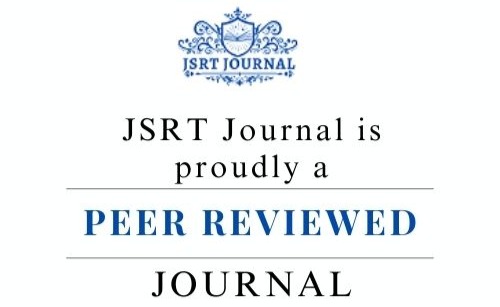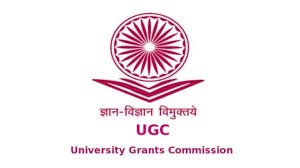Nutrient richness in the sediment of seven major lakes of Pokhara Valley, Kaski, Nepal
DOI:
https://doi.org/10.61808/jsrt186Keywords:
Sediment, Organic matter, Phosphorus, Nitrogen, Potassium, EutrophicationAbstract
Sediment is an active zone for accumulation and cycling of nutrients that supplies vital nutrients and minerals to promote lake productivity, ensuring the overall health and balance of lake ecosystem. The aim of this study was to assess the richness of nutrients in the sediment of Phewa, Begnas, Rupa, Khaste, Neureni, Dipang, and Gunde lakes of Pokhara valley. The results showed that pH level of all lakes sediment was found to vary from acidic condition to nearly alkaline. These lakes were found to organically rich sediments, ranging from 2.5-6.4%. The mean nitrogen content in the sediment of Begnas was within normal range 0.1-0.2%, however, rest of lakes were beyond the normal range. Phosphorus concentrations were found surplus, while potassium concentrations were found low in the sediments of these lakes. Anthropogenic and agricultural activities, landslides and siltation, urbanization and development activities in the catchments area of Pokhara valley lakes are major source of external nutrient loading into bottom of lakes. Therefore, it is necessity to initiate action towards conservation of these beautiful natural resources by controlling further external nutrient loading, which will improve the lake ecosystem for both fishery and tourism.











